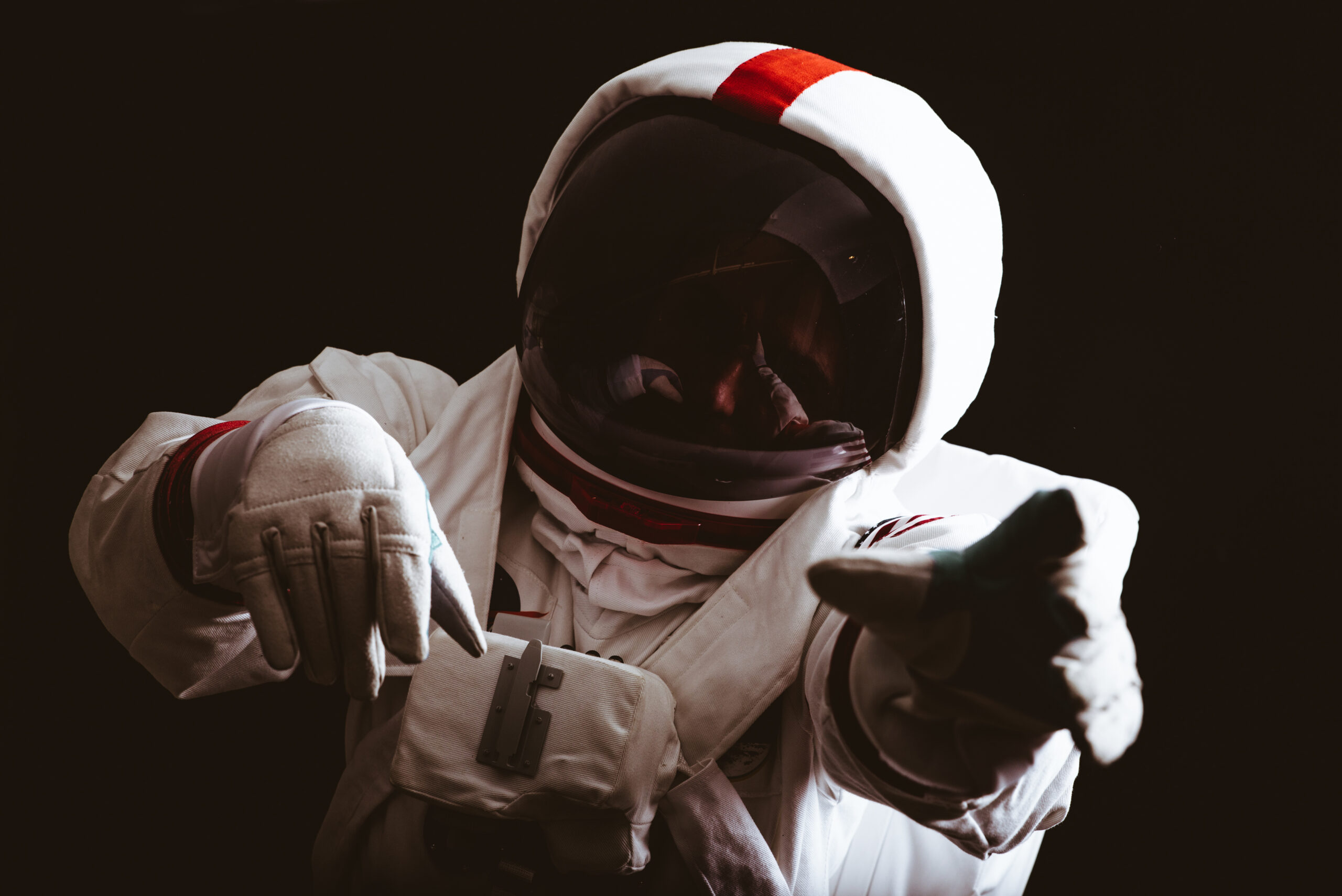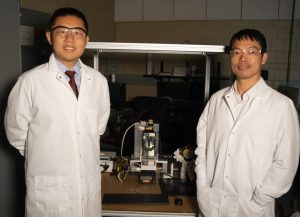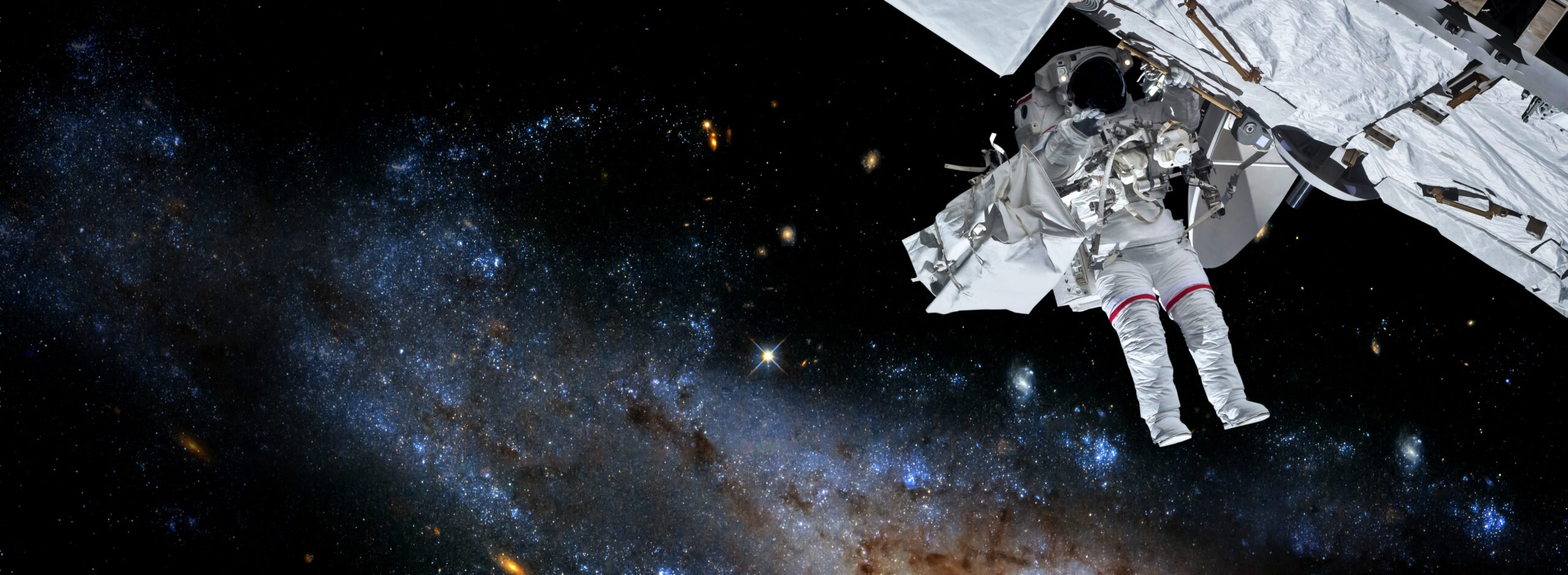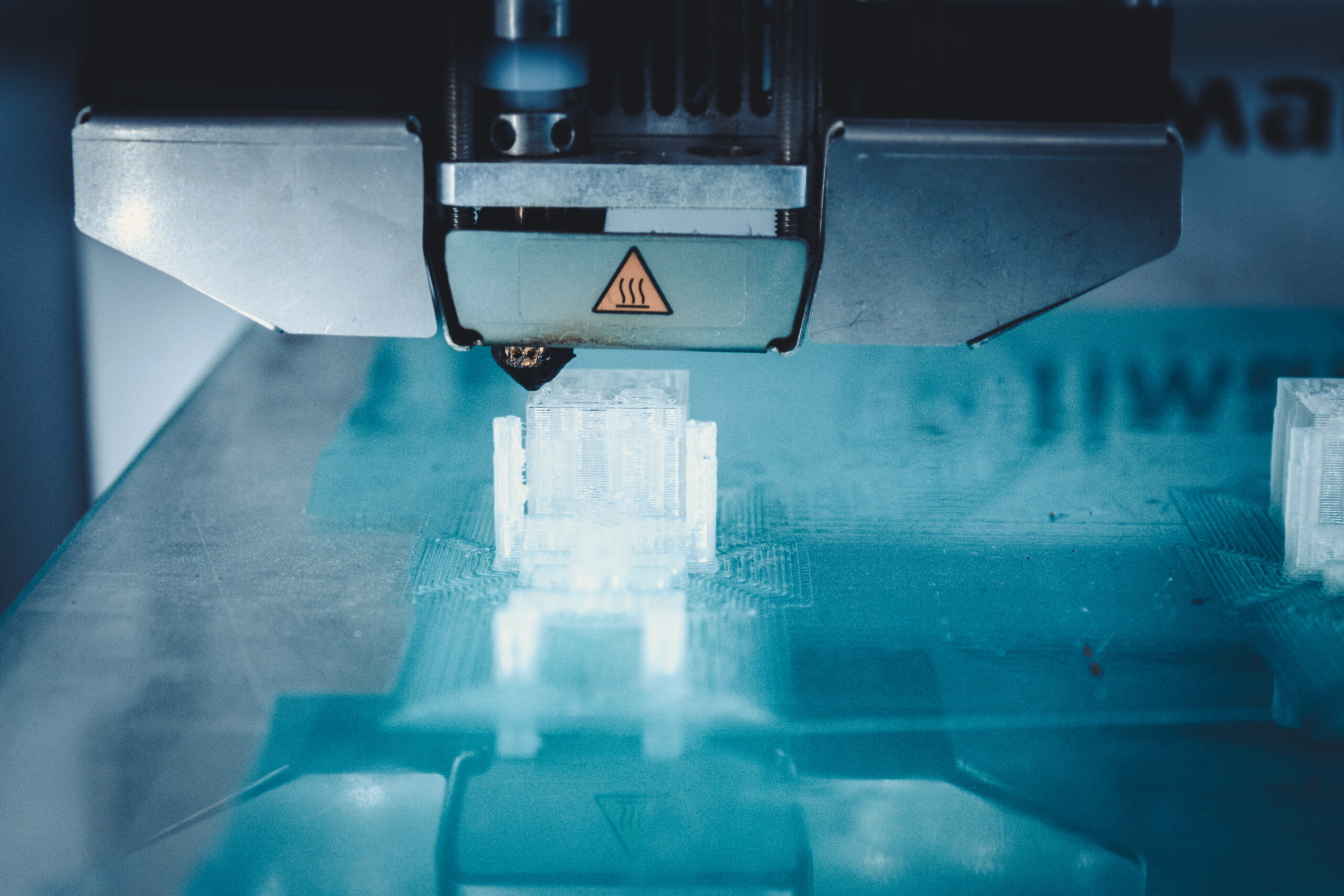Researchers at Iowa State University have successfully tested a novel approach to 3D printing electronics in zero-gravity conditions.
In place of gravity, the team’s technology effectively utilizes electrical force to print conductive inks onto a glass base layer-by-layer, in a way that allows for the creation of complex circuitry. Working with NASA, the engineers aim to develop the process into a means of producing sensors in space, that reduces astronauts’ reliance on carrying spares, and makes long-haul spaceflight more feasible.

“For future NASA missions, space exploration missions, they want to not only send people there and back but also facilities for the long term,” explains Hantang Qin, the research team’s principal investigator. “That’s what we’re trying to do. We are building the printer, so the printer can stay on the International Space Station (ISS) or on Mars for a long time.”
Repairing electronics on the fly
Onboard spacecraft, it’s not uncommon for electronic equipment such as sensors to break, causing issues with the potential to jeopardize their missions. In the case of the humidity sensors onboard the ISS, for instance, these are critical to the safety of its crew, and if the devices malfunction, they need to be replaced or repaired as a matter of urgency.
Although shipping replacements to the base may sound like the obvious solution to this problem, doing so makes the craft deployed during supply missions heavier, which in turn, makes the operation considerably more expensive to carry out.
To get around this, a group of researchers known as the No-Gravity Ink Jet Printing for Aeronautics and Space or ‘NINJAS’ team have come up with an alternative. Developed at Qin’s Flexible Electronics and Additive Printing Lab, the engineers’ approach involves using an electrohydrodynamic inkjet printing mechanism to create parts from novel patent-pending silver and barium titanate inks.
According to the team, these materials are well-suited to electronics production as they allow for ultra-stable, high-resolution printing, and with further R&D, they could enable the creation of a new class of flexible sensors, soft robotics, circuit boards, semiconductors and other micro-devices, both in space and here on terra firma.
As a first step towards putting their approach to the test, Qin and his team built a prototype 3D printer in late-2021, while Iowa State colleague Shan Jiang worked from his lab to perfect his set of conductive inks ahead of parabolic flight tests.

“The main goal of our experiment was to print a conductive circuit pattern in microgravity,” added Qin. “We tested multiple types of ink with different material properties, such as density, surface tension and permittivity, while pinpointing the optimal operating conditions, including voltage, pulse frequency and nozzle orientation.”
The NINJAS zero-gravity experiment
Once their prototype was ready for testing, the NINJAS crew took it to Fort Lauderdale in Florida, where it was flown by a refitted plane on which conditions simulated those in outer space. The aircraft was able to achieve this by continually flying up and down at 45º angles, allowing, at the very top of this curve, the team and their experiments to experience short periods of weightlessness in microgravity.
However, while the engineers acknowledge that parabolic flight testing was the only way of assessing their 3D printer’s performance without going into space, they emphasize that managing to operate the system in zero-gravity was no mean feat in itself, and described it as akin to “jumping from a building that’s 30,000 feet high for 20-30 seconds.”

“The zero-gravity environment wasn’t even that difficult to adjust to the feeling of,” explained Matthew Marander, one of the Iowa State students that flew as part of the project. “What I felt was more difficult to deal with was the feeling of rapid transition between hyper-gravity, the normal gravity and zero-gravity. Switching between all of them so quickly can feel a little bit disorienting.”
In terms of the printer’s performance, Jiang concluded that the first day of the three-day test was a learning experience for all involved, but over the second and third, the team were able to 3D print “some nice patterns.” Following their initial success, the researchers have now doubled down on their research, developing upgrades for their system and materials ahead of a second test in May 2022.
Through their $420,000 project, Jiang added that the team ultimately “wants to help NASA develop a platform that can greatly expand the materials and devices they can make in space,” and they’ve therefore set themselves the longer-term goal of coming up with a novel nozzle head for the ISS printer before 2024.
In-orbit 3D printing in-action
NASA continues to pour a significant amount of time, effort and cash into carrying out Low Earth Orbit (LEO) 3D printing experiments, with the most promising technologies going on to be tested onboard the ISS. Just last year, a European Space Agency consortium came up with an early-stage FFF 3D printer, said to be capable of creating ‘unlimited length’ parts, which has been earmarked for the ISS.
In the past, the likes of Made in Space (now Redwire), have helped build systems for the ISS as well, and the firm played a key role in developing the station’s plastic recycling facility for 3D printed parts in 2019. Known as the ‘Braskem Recycler,’ the machine converts the ISS’ plastic waste into feedstock, enabling it to reduce its reliance on supply missions, and establish a near-closed loop production setup.

Away from the ISS, researchers at the Munich University of Applied Sciences have also developed an in-orbit satellite 3D printer, which could be capable of creating solar panels or antennas in the vacuum of space. Similarly to Iowa State’s NINJAS program, the project was initiated with the aim of reducing unnecessary weight onboard spacecraft, and allowing them to carry more vital cargo such as fuel.















































